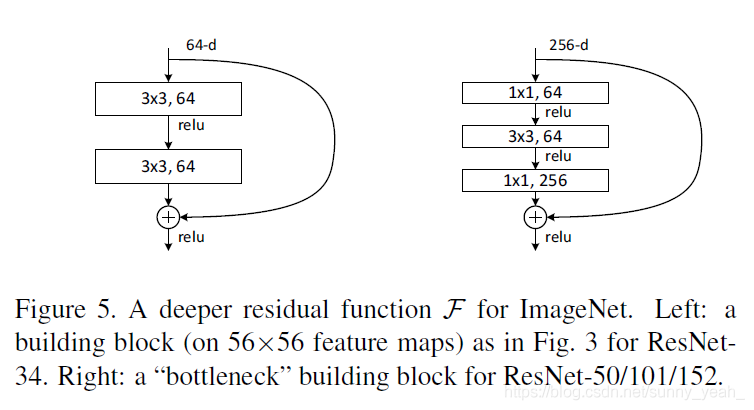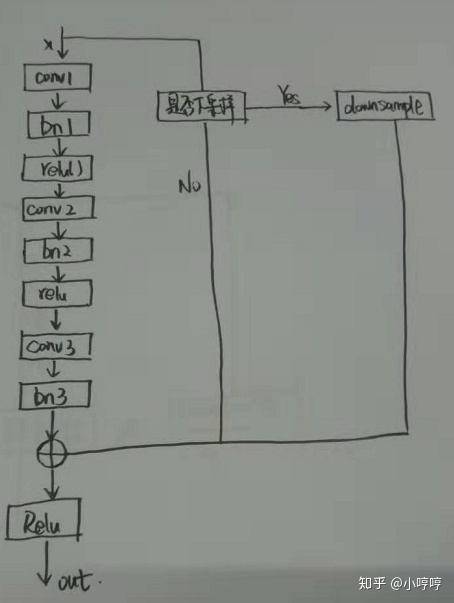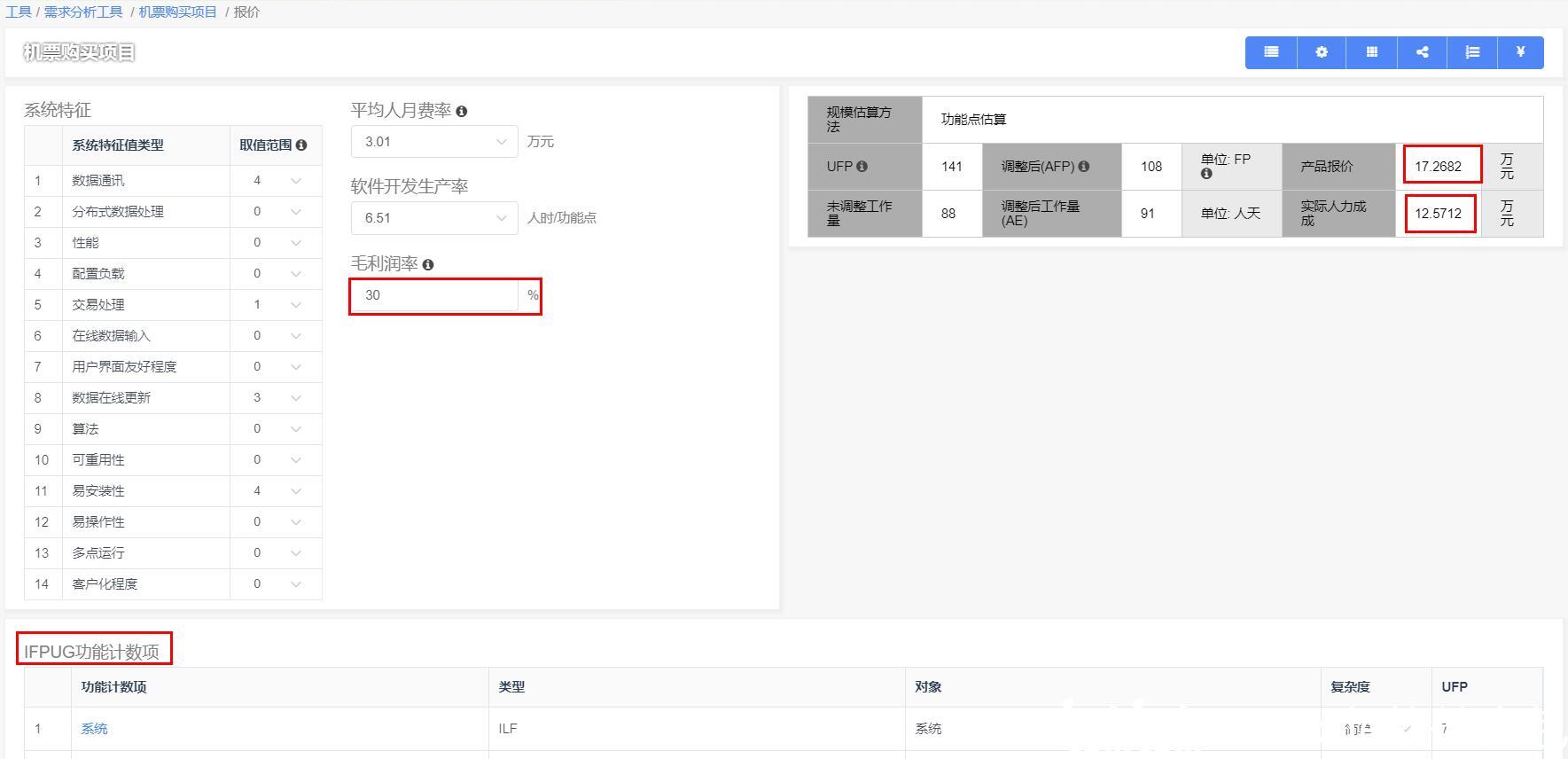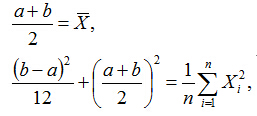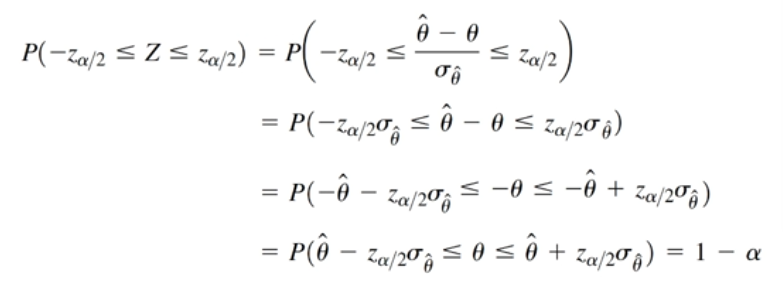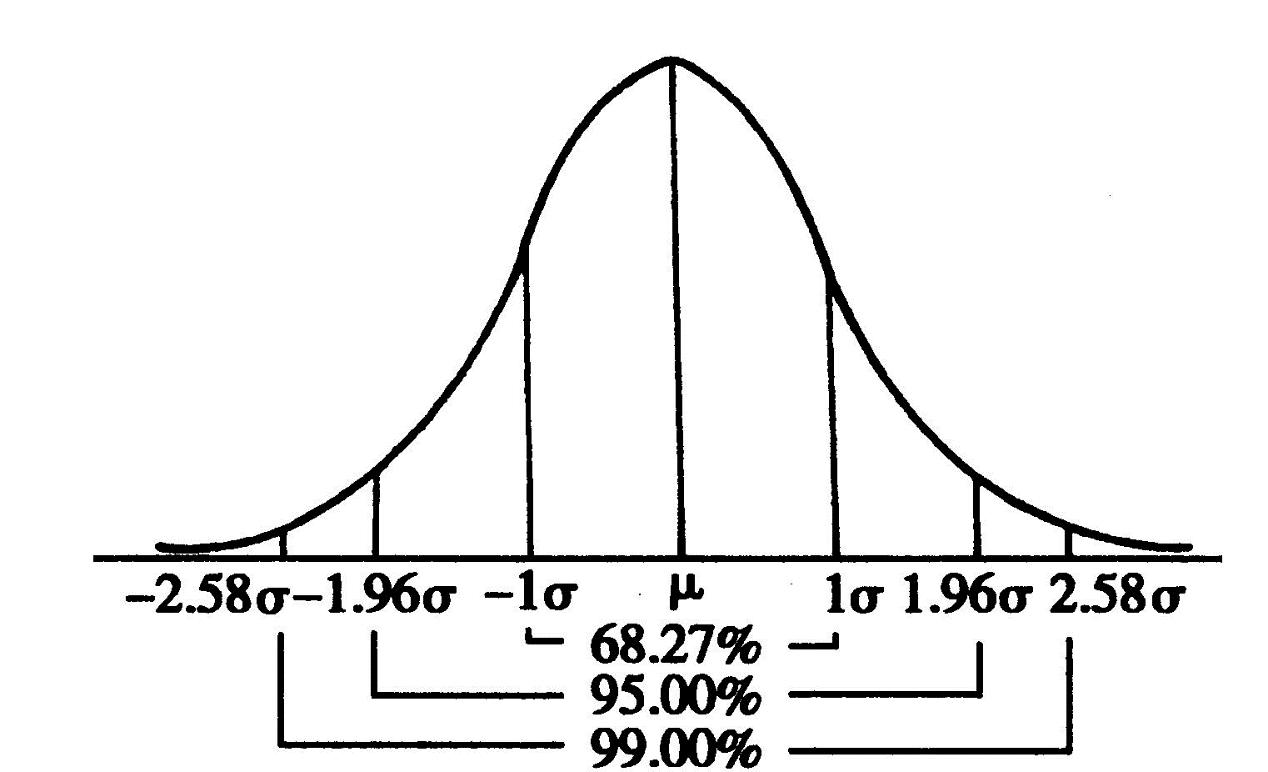摘要:
提出了一种残差结构,这些残差网络的集合在ImageNet测试集上实现了3.57%的误差。该结果在ILSVRC 2015分类任务中获得第一名。
介绍:
主要讲述的就是针对 深度越深,精确度达到了一种饱和的状态,然后就会产生退化,并且这些退化并不是由于过拟合造成的,而是因为深度越深,即添加的层数越多,他的精确度就会发生退化。如下图所示,56层的神经网络比20层的神经网络的训练误差或者是测试误差都高。

于是作者就提出了一种新的模块叫做残差块,于是就有了如下这个结构,作者将底层映射设置为H(x),让堆叠的非线性层拟合到另一个映射中:F(x)=H(x)-x,原始的映射就被重新转换成了F(x)+x,当再极端的情况下,如果恒等映射是最优的,那么将残差推到零比通过一堆非线性层恒等映射更容易。

F(x)+x 就是通过普通卷积和图片右边的快捷连接,快捷方式就是跳过一个或者是多个层的连接,这种快捷方式不添加额外的参数,不增加计算的复杂度。总归,进行残差模块训练时,当输入和输出的尺寸相同时,就直接使用快速映射,当输入和输出不同时,我们需要采取方法对输入升降维度使得输入和输出的维度相同,再进行快捷链接。
补充:恒等映射就是通过准确率较高的层数较少的神经网络进行恒等变换(y=x)

左图前一个残差模块是18和34残差网络的结构,右图是50层甚至更深层的残差网络的结构。
实现代码:
import torch.nn as nn
import torch.utils.model_zoo as model_zoo__all__ = ['ResNet', 'resnet18', 'resnet34', 'resnet50', 'resnet101','resnet152']model_urls = {'resnet18': 'https://download.pytorch.org/models/resnet18-5c106cde.pth','resnet34': 'https://download.pytorch.org/models/resnet34-333f7ec4.pth','resnet50': 'https://download.pytorch.org/models/resnet50-19c8e357.pth','resnet101': 'https://download.pytorch.org/models/resnet101-5d3b4d8f.pth','resnet152': 'https://download.pytorch.org/models/resnet152-b121ed2d.pth',
}def conv3x3(in_planes, out_planes, stride=1):"""3x3 convolution with padding"""return nn.Conv2d(in_planes, out_planes, kernel_size=3, stride=stride,padding=1, bias=False)def conv1x1(in_planes, out_planes, stride=1):"""1x1 convolution"""return nn.Conv2d(in_planes, out_planes, kernel_size=1, stride=stride, bias=False)class BasicBlock(nn.Module):expansion = 1def __init__(self, inplanes, planes, stride=1, downsample=None):super(BasicBlock, self).__init__()self.conv1 = conv3x3(inplanes, planes, stride)self.bn1 = nn.BatchNorm2d(planes)self.relu = nn.ReLU(inplace=True)self.conv2 = conv3x3(planes, planes)self.bn2 = nn.BatchNorm2d(planes)self.downsample = downsampleself.stride = stridedef forward(self, x):identity = xout = self.conv1(x)out = self.bn1(out)out = self.relu(out)out = self.conv2(out)out = self.bn2(out)if self.downsample is not None:identity = self.downsample(x)out += identityout = self.relu(out)return outclass Bottleneck(nn.Module):expansion = 4def __init__(self, inplanes, planes, stride=1, downsample=None):super(Bottleneck, self).__init__()self.conv1 = conv1x1(inplanes, planes)self.bn1 = nn.BatchNorm2d(planes)self.conv2 = conv3x3(planes, planes, stride)self.bn2 = nn.BatchNorm2d(planes)self.conv3 = conv1x1(planes, planes * self.expansion)self.bn3 = nn.BatchNorm2d(planes * self.expansion)self.relu = nn.ReLU(inplace=True)self.downsample = downsampleself.stride = stridedef forward(self, x):identity = xout = self.conv1(x)out = self.bn1(out)out = self.relu(out)out = self.conv2(out)out = self.bn2(out)out = self.relu(out)out = self.conv3(out)out = self.bn3(out)if self.downsample is not None:identity = self.downsample(x)out += identityout = self.relu(out)return outclass ResNet(nn.Module):def __init__(self, block, layers, num_classes=1000, zero_init_residual=False):super(ResNet, self).__init__()self.inplanes = 64self.conv1 = nn.Conv2d(3, 64, kernel_size=7, stride=2, padding=3,bias=False)self.bn1 = nn.BatchNorm2d(64)self.relu = nn.ReLU(inplace=True)self.maxpool = nn.MaxPool2d(kernel_size=3, stride=2, padding=1)self.layer1 = self._make_layer(block, 64, layers[0])self.layer2 = self._make_layer(block, 128, layers[1], stride=2)self.layer3 = self._make_layer(block, 256, layers[2], stride=2)self.layer4 = self._make_layer(block, 512, layers[3], stride=2)self.avgpool = nn.AdaptiveAvgPool2d((1, 1))self.fc = nn.Linear(512 * block.expansion, num_classes)for m in self.modules():if isinstance(m, nn.Conv2d):nn.init.kaiming_normal_(m.weight, mode='fan_out', nonlinearity='relu')elif isinstance(m, nn.BatchNorm2d):nn.init.constant_(m.weight, 1)nn.init.constant_(m.bias, 0)# Zero-initialize the last BN in each residual branch,# so that the residual branch starts with zeros, and each residual block behaves like an identity.# This improves the model by 0.2~0.3% according to https://arxiv.org/abs/1706.02677if zero_init_residual:for m in self.modules():if isinstance(m, Bottleneck):nn.init.constant_(m.bn3.weight, 0)elif isinstance(m, BasicBlock):nn.init.constant_(m.bn2.weight, 0)def _make_layer(self, block, planes, blocks, stride=1):downsample = Noneif stride != 1 or self.inplanes != planes * block.expansion:downsample = nn.Sequential(conv1x1(self.inplanes, planes * block.expansion, stride),nn.BatchNorm2d(planes * block.expansion),)layers = []layers.append(block(self.inplanes, planes, stride, downsample))self.inplanes = planes * block.expansionfor _ in range(1, blocks):layers.append(block(self.inplanes, planes))return nn.Sequential(*layers)def forward(self, x):x = self.conv1(x)x = self.bn1(x)x = self.relu(x)x = self.maxpool(x)x = self.layer1(x)x = self.layer2(x)x = self.layer3(x)x = self.layer4(x)x = self.avgpool(x)x = x.view(x.size(0), -1)x = self.fc(x)return xdef resnet18(pretrained=False, **kwargs):"""Constructs a ResNet-18 model.Args:pretrained (bool): If True, returns a model pre-trained on ImageNet"""model = ResNet(BasicBlock, [2, 2, 2, 2], **kwargs)if pretrained:model.load_state_dict(model_zoo.load_url(model_urls['resnet18']))return modeldef resnet34(pretrained=False, **kwargs):"""Constructs a ResNet-34 model.Args:pretrained (bool): If True, returns a model pre-trained on ImageNet"""model = ResNet(BasicBlock, [3, 4, 6, 3], **kwargs)if pretrained:model.load_state_dict(model_zoo.load_url(model_urls['resnet34']))return modeldef resnet50(pretrained=False, **kwargs):"""Constructs a ResNet-50 model.Args:pretrained (bool): If True, returns a model pre-trained on ImageNet"""model = ResNet(Bottleneck, [3, 4, 6, 3], **kwargs)if pretrained:model.load_state_dict(model_zoo.load_url(model_urls['resnet50']))return modeldef resnet101(pretrained=False, **kwargs):"""Constructs a ResNet-101 model.Args:pretrained (bool): If True, returns a model pre-trained on ImageNet"""model = ResNet(Bottleneck, [3, 4, 23, 3], **kwargs)if pretrained:model.load_state_dict(model_zoo.load_url(model_urls['resnet101']))return modeldef resnet152(pretrained=False, **kwargs):"""Constructs a ResNet-152 model.Args:pretrained (bool): If True, returns a model pre-trained on ImageNet"""model = ResNet(Bottleneck, [3, 8, 36, 3], **kwargs)if pretrained:model.load_state_dict(model_zoo.load_url(model_urls['resnet152']))return model

